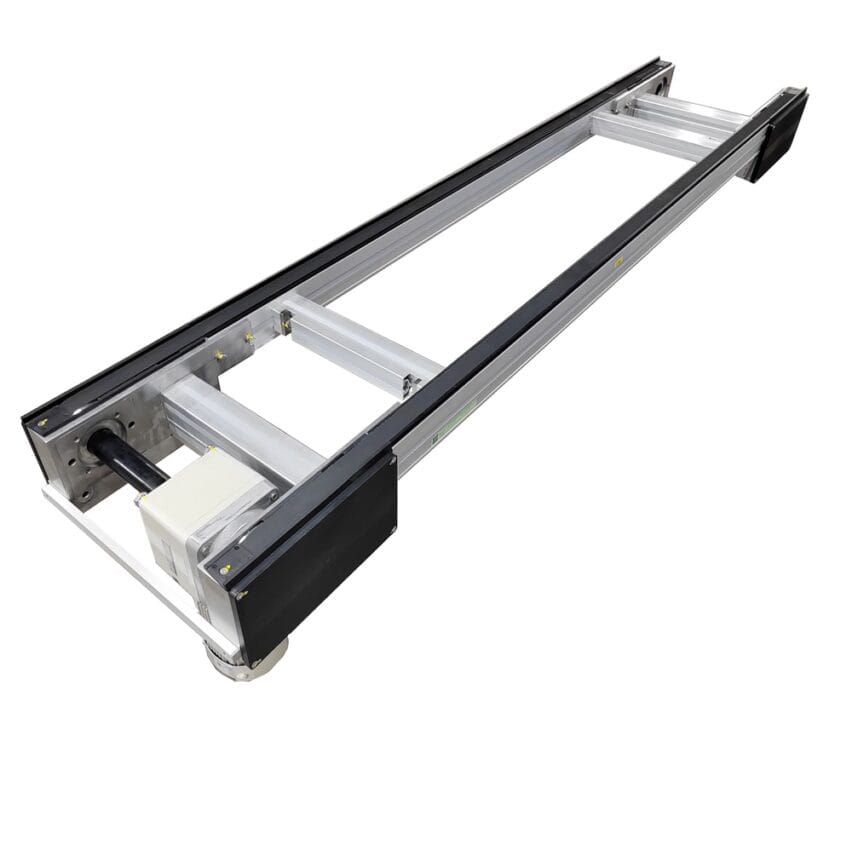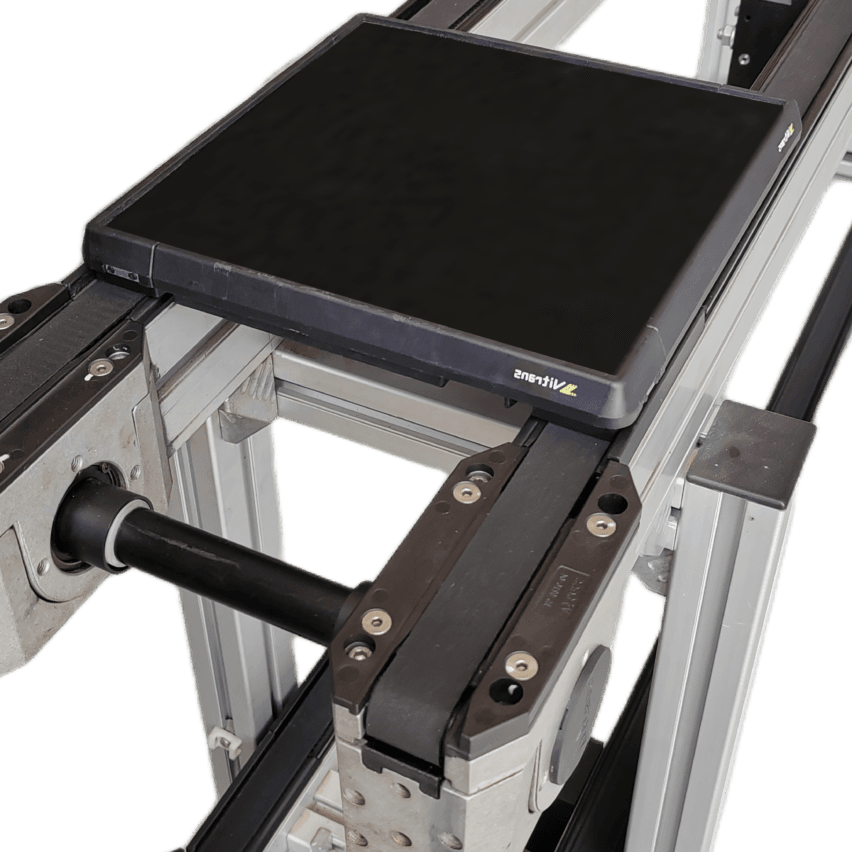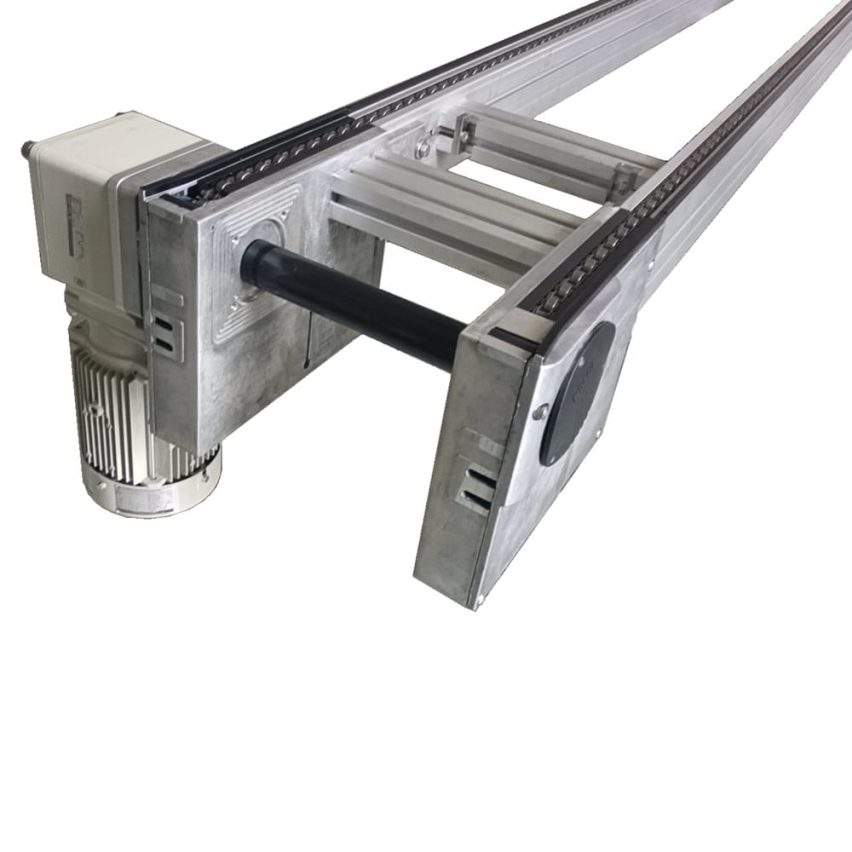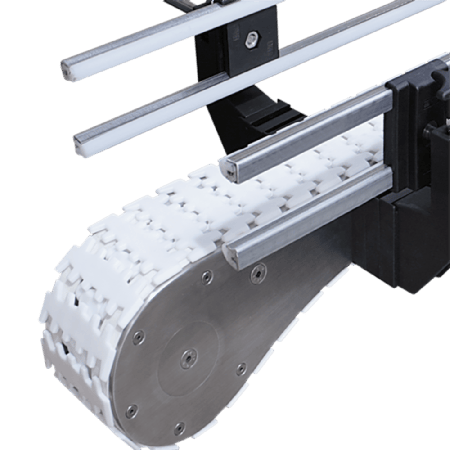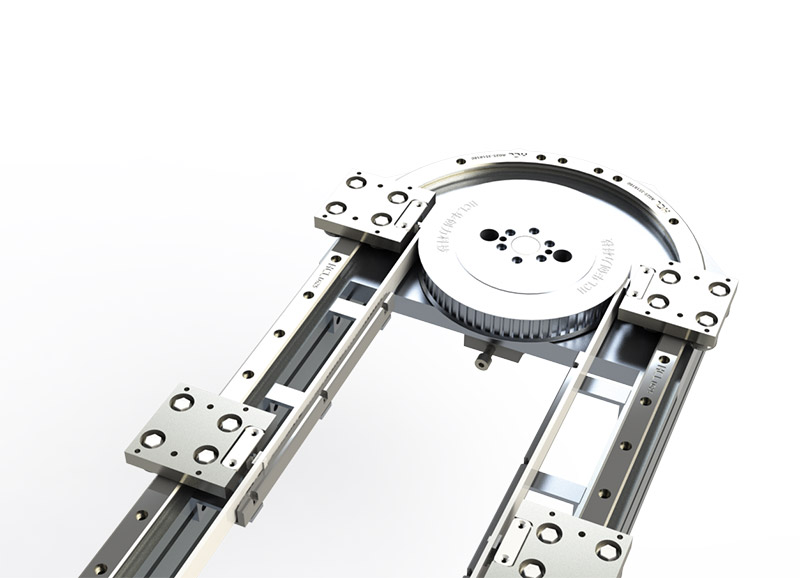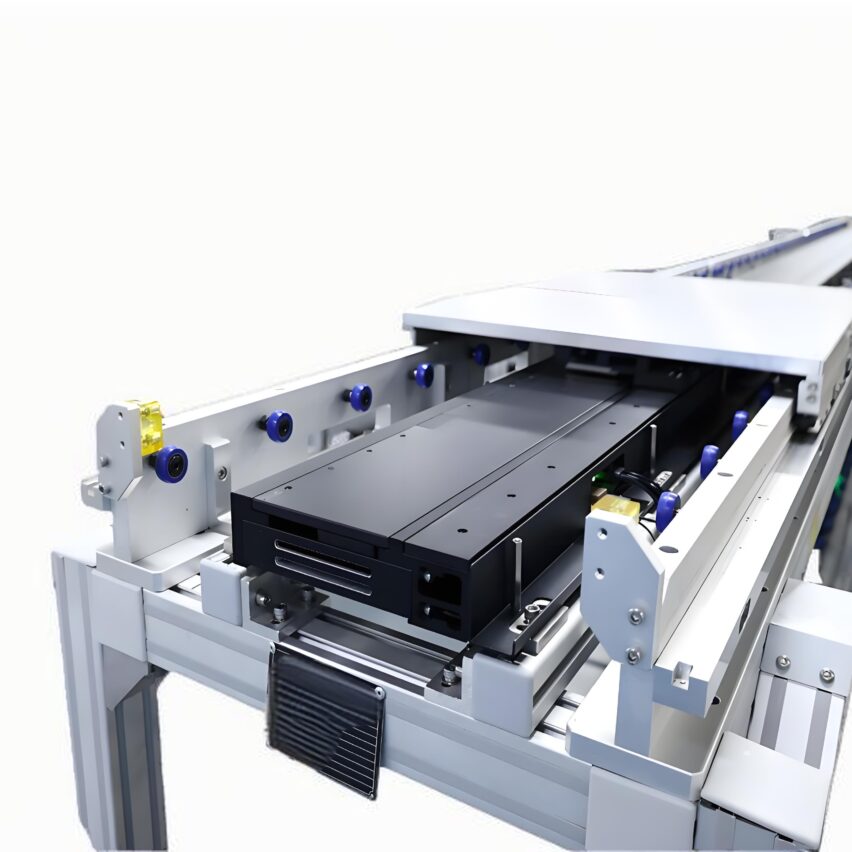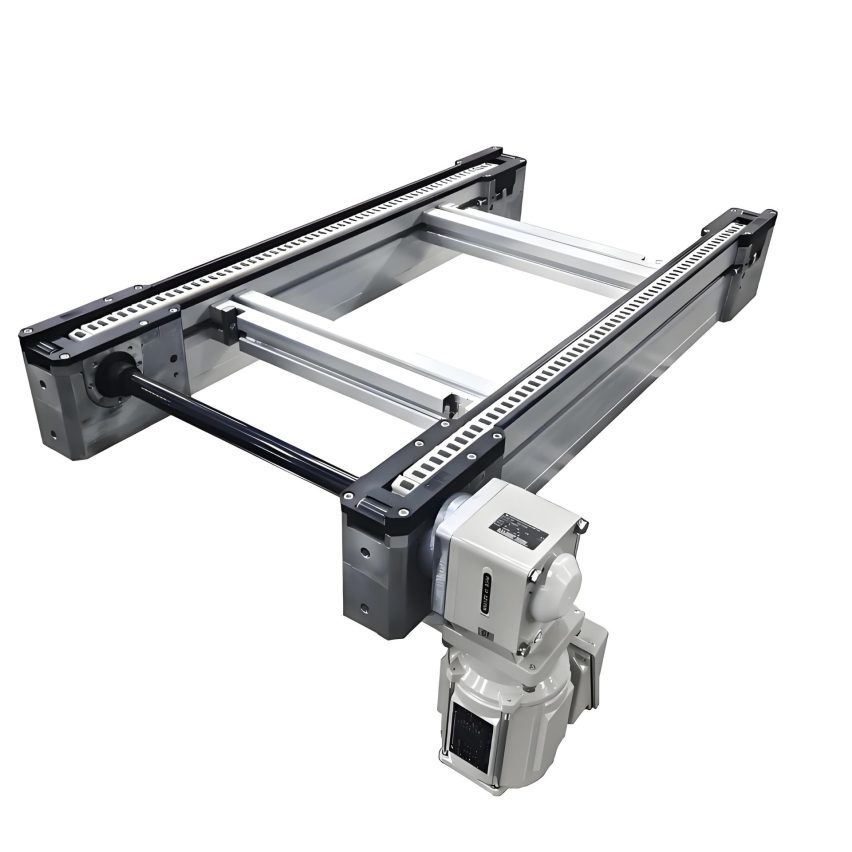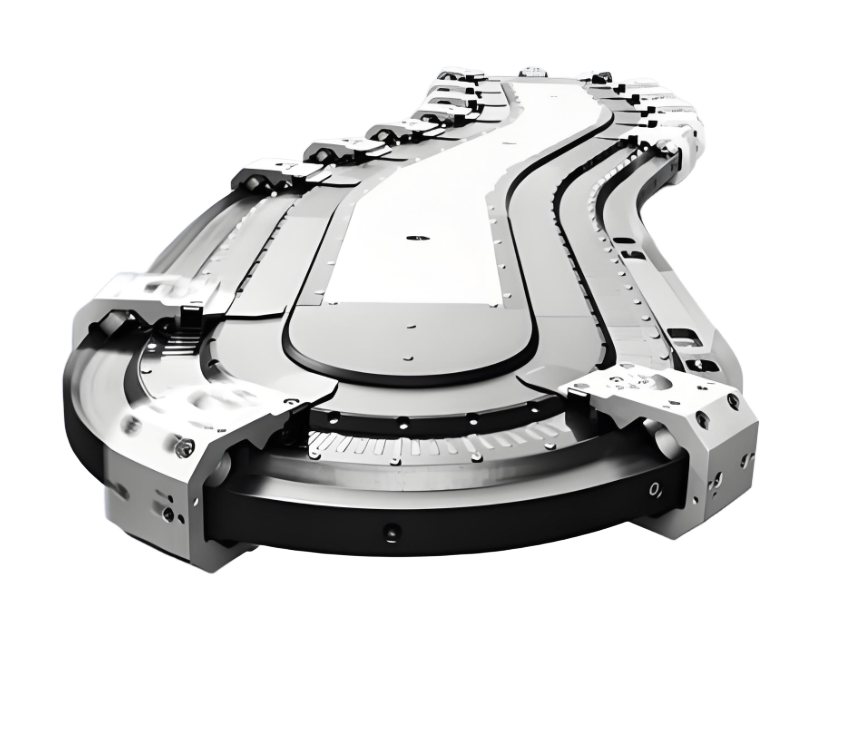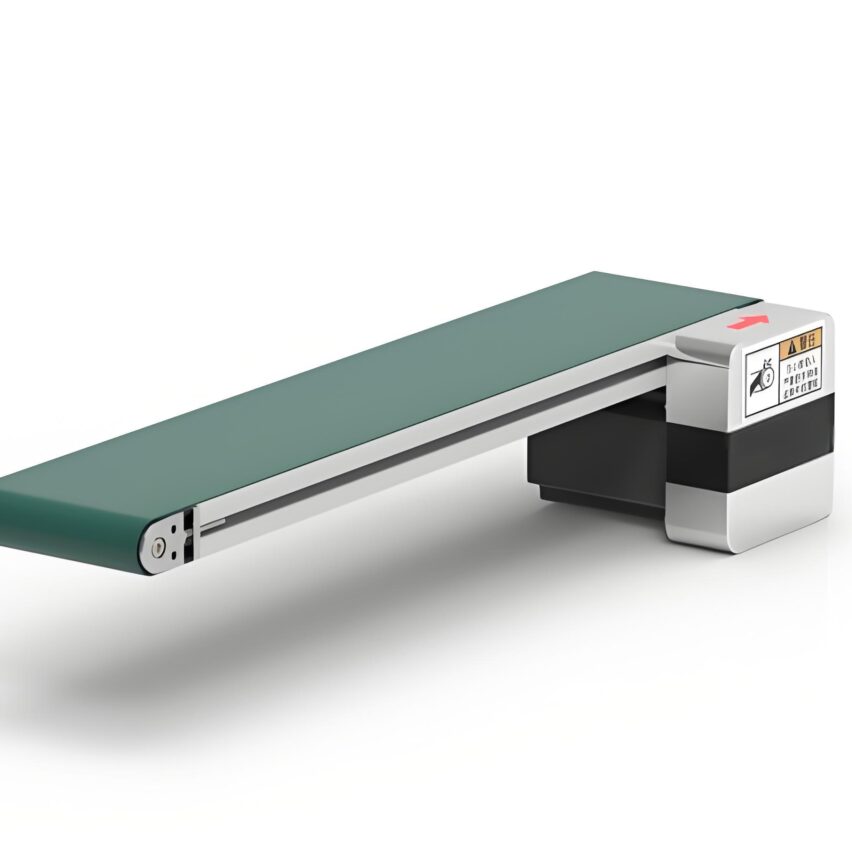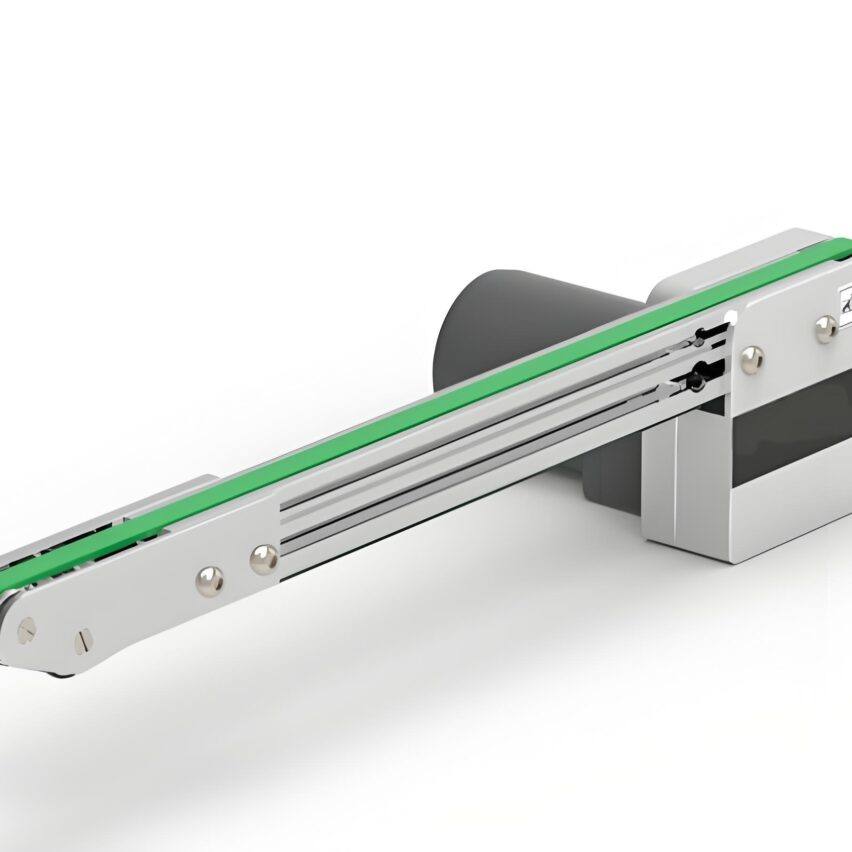In the wave of industrial automation, the speed multiplier chain conveyor line has become the "production artery" in the electronics, automotive, home appliance and other industries by virtue of its unique differential speed principle and flexible layout capability. Through the design of roller and roller diameter difference, the speed of workpiece plate can reach 2.5-3 times of the chain speed, so as to realise efficient accumulation and conveying. However, a speed doubling chain line that truly matches production needs must be scientifically customised. The following is an analysis of the key path to professional customisation, from core parameters to innovative applications.
One.Customised requirements dismantling: precise definition of technical parameters is the cornerstone of success
-
Load and strength matching
- Light Scene(e.g. electronic products): engineering nylon chain, single point load ≤ 500kg, taking into account the needs of anti-static.
- Heavy Scene(e.g. car engine): All-steel chain or hardened alloy steel is required, with a single point load of up to 4000kg and reinforced guide structure.
personal viewpoint: The actual load should be kept below 80% of the nominal value to avoid chain fatigue breakage - a safety redundancy design that most companies ignore.
-
Balancing speed and accuracy
- Conventional conveying speed is 2-20m/min, triple speed chain can speed up to 30m/min, but need to be matched with servo motor + high precision sensors (such as visual positioning ± 0.2mm), otherwise the risk of offset increases 50%.
- Precision assembly scenarios recommend "variable frequency motors + encoder feedback", replacing traditional pneumatic positioning, eliminating cumulative errors within ±0.5mm.
-
Environmentally Adaptive Design
Type of environment Material Solutions protective measure High temperature (≤600°C) Hardened alloy steel chain High temperature resistant grease lubrication Corrosive (food/pharmaceutical) 316L stainless steel/POM chain plate Food grade self-lubricating coating Dust humidity Engineering Plastic Chain Sealing cover + roller dust cover
Two.Scenario-based design for industry: the leap from generic to specialised
- electronics industryAnti-static is just needed - line body integrated conductive wheel and conductive row, resistance value ≤ 10⁶Ω, to avoid precision components breakdown. Workstation spacing compressed to 0.8m, suitable for SMT placement beat.
- automobile manufacturing: Heavy load and precision are both important. Adopting 16A chain + servo positioning (error ≤1mm), and reserving the interface of jacking rotary table to meet the multi-angle assembly of engine block.
- Food packagingHygiene priority: 316L stainless steel + seamless rail design, support high pressure water gun direct rinsing, eliminate microbial breeding.
Pain Point InsightAutomotive production lines often fail to reserve an AGV connection port, resulting in increased costs for later modifications 30%.Modular quick release railThe design can solve this problem.
Three.Customising the whole process: from concept to mass production in four steps
-
Demand freeze phase
Record production bottlenecks (e.g. video analysis of beat delay points) through on-site research, clarifying load mapping, environmental temperature and humidity, and expansion needs (e.g. future docking of MES systems). -
Technical programme design
- 3D dynamic simulation with SolidWorks to verify the drive power (≥0.75kW for light loads and ≥5kW for heavy loads) and turning radius (≥1.5 times line width).
- The control architecture comes standard with PLC (Mitsubishi/Siemens) + RFID job board tracking for full life cycle management of materials.
-
Prototyping
Test noise (≤75dB) and temperature rise (≤30℃) for 48 hours without load, and test synchronisation accuracy and chain tensile strength (e.g. 20A chain needs to withstand 2000N/mm² tensile force) under load. -
Delivery standards
Provide FAT factory acceptance report with load test data and safety certificates (e.g. CE/ISO13849), warranty extended to 2 years to reflect the confidence of the supplier.
Four.Maintenance strategy innovation: from reactive repair to proactive prevention
- Regular programme: Steel chains are filled with lithium-based high-temperature resistant grease every 3 months, and tensioner sag is adjusted to 2 times the span.
- Maintenance-free breakthrough: Food grade self-lubricating chain life ≥ 5 years with zero manual intervention through PTFE coating.
Exclusive data: Comparison shows that the initial cost of maintenance-free chain is high at 40%, but the comprehensive maintenance cost is reduced by 60% within 5 years, which is especially suitable for pharmaceutical factories with high cleanliness requirements.
Five.Technology Frontier: Intelligent Reconstruction of Multiplier Chain Value
The speed chain is being upgraded from a "mechanical transport carrier" to an "intelligent data node":
- Dynamic Sorting System: Top lift transplant module + AI visual recognition, sorting error rate reduced to below 0.1%.
- digital twin operations and maintenance (DTOM): Monitor chain wear factor with IoT sensors, predictive maintenance replaces cyclical overhaul and reduces unplanned downtime 70%.
personal foresight: In the next 3 years, the magnetic navigation multiplier chain that supports AGV flexible connectivity will become the standard for intelligent factories, and the efficiency of production line reorganisation will be increased by 50%.
Self-questioning: cracking the customisation core question
Q1: How to control the initial investment cost of the multiplier chain line?
Light load scenarios choose nylon chain + single speed drive system, the cost of direct reduction of 30%; the use of quick-release track module, the later transformation fee reduced by 50%.
Q2:Why does the triple speed chain have to be equipped with servo motors?
At speeds above 20 m/min, the delayed response of ordinary inverter motors leads to positioning drift, and the servo system compensates for track friction resistance in real time.
Q3: How do food grade production lines solve cleaning challenges?
Made of 316L stainless steel + POM chain plate with boltless snap-on rails, it supports full washing and has no hygienic corners.
The customisation of the multiplier chain is, in essenceFinding the optimal solution between machine precision and production requirements. The gears of efficient production really start to turn when the last tooling plate is slid into the assembly position.

